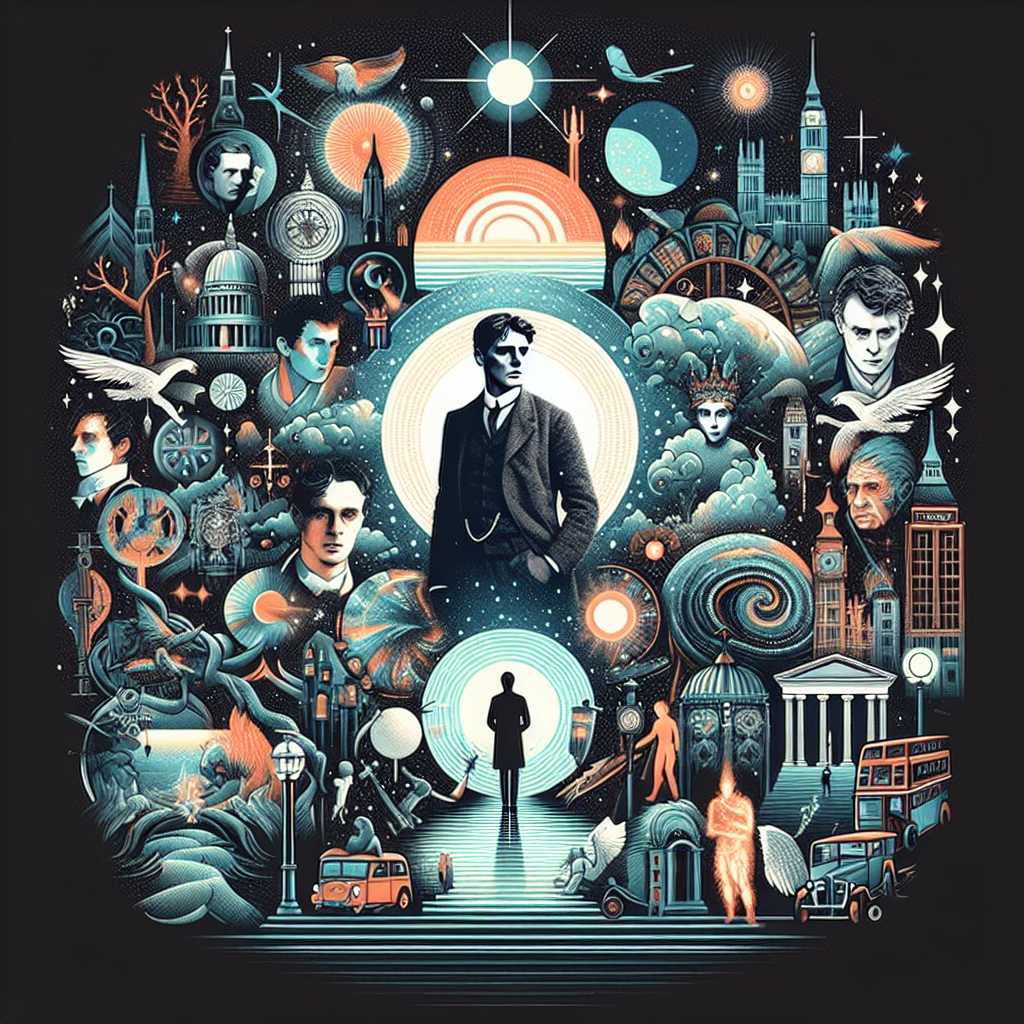The Literary World of Neil Gaiman: Exploring the Author’s Multifaceted Universe
Neil Gaiman stands as a polymath in the literary world, an author whose profound versatility spans genres and mediums, captivating audiences with his unique blend of fantasy, horror, and mythology. From his early graphic novels to his contemporary fiction and children’s books, Gaiman exhibits a rare artistry, breathing life into stories that weave tapestries of the uncanny and the extraordinary. This article endeavors to explore the many dimensions of Neil Gaiman’s work, his influence on various art forms, and the themes and styles that are quintessentially Gaimanian.
Master of Modern Mythmaking: Graphic Novels and Comic Books
Neil Gaiman’s initiation into the realm of storytelling began in earnest with his foray into graphic novels. He first garnered major acclaim with his series “The Sandman” for DC Comics’ Vertigo imprint. With its blend of dark fantasy, historical drama, and philosophical musings, “The Sandman” elevated the potential for what graphic novels could be seen as—a legitimate, sophisticated storytelling medium. The series broke new ground by winning a World Fantasy Award, an unheard-of achievement for a comic book at the time.
Gaiman’s work in comics was characterized not only by its literary depth but also by its willingness to push boundaries and defy conventions. He played with narrative structure, myth-enhanced characterization, and interwove reality with otherworldly elements in a manner that both honored and subverted traditional comic norms.
An Odyssey Through Novels: Revealing Human Nature Through Fantasy
Transitioning from the stark panels of graphic novels to the boundless possibilities of prose, Neil Gaiman demonstrated his knack for yarn-spinning in a new format. His novelistic endeavors have won numerous awards, each testament to his ability to straddle genres effortlessly.
One of Gaiman’s most revered tales is “American Gods”, which melds Americana with ancient myths in the quest to understand modern humanity’s cultural psyche. It won the Hugo, Nebula, Bram Stoker, and Locus awards, among others—a testament to its broad appeal across literary communities. “Neverwhere” taps into urban fantasy showing London through a darkly magical lens; while “Coraline”, alternatively haunting and endearing, playfully horrifies as it delves into themes suitable for both children and adults.
Each book serves as a gateway into myriad worlds where Gaiman challenges perceptions and toys with the malleable nature of reality, firmly establishing him as one of modern literature’s most visionary authors.
The Charm & Challenge of Children’s Literature: Crafting Imaginative Spaces for Young Minds
In writing children’s literature, Neil Gaiman juxtaposes the innocence of childhood with elements of darkness and peril—a balancing act that introduces younger readers to complex themes without veiling them in sugarcoated narratives. Books like “The Graveyard Book”, inspired by Kipling’s “The Jungle Book”, paints life among specters and graves, while simultaneously exploring themes of growth and maturation. The careful craftsmanship he lends to each tale makes these books cherished reads that transcend generational divisions.
Not only widening their imaginative realms but these stories also encourage young readers to confront fears—both real and imagined—in a manner reflective of their inner strength and worth.
Unbound Creativity: Collaborations, Screenplays, and Spin-offs
*
While many writers find their niche exclusive terrains not to tread outside of them lightly, Neil Gaiman also comfortably navigates collaborative efforts across different arts. He has written screenplays for film adaptations of his works (such as “Stardust” and “Coraline”), co-authored novels like “Good Omens” with Terry Pratchett, consulted on television series based on his books (“American Gods” and “Good Omens”), continuing to prove that versatility is a hallmark of true artistry.
Gaiman’s insights into human nature—often interlaced with wit or imbued with gothic allure—are seminal influences across modern media landscapes.

